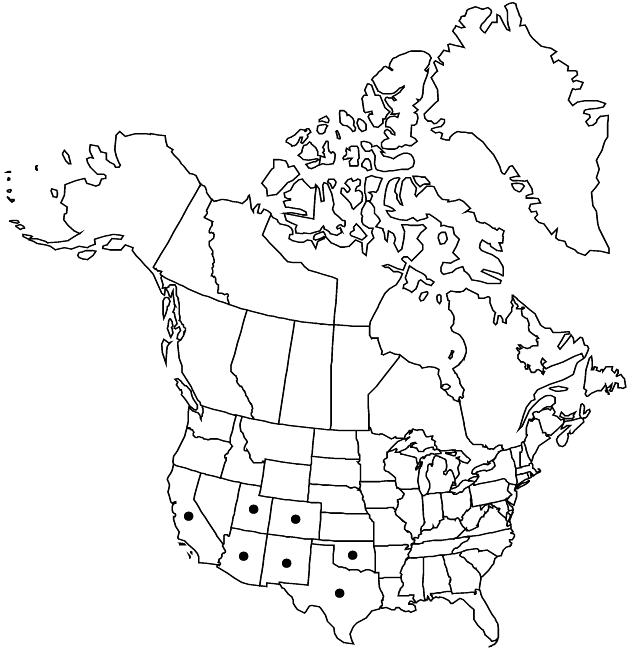Difference between revisions of "Pseudognaphalium canescens"
Opera Bot. 104: 147. 1991.
FNA>Volume Importer |
imported>Volume Importer |
||
| (2 intermediate revisions by 2 users not shown) | |||
| Line 69: | Line 69: | ||
|publication year=1991 | |publication year=1991 | ||
|special status= | |special status= | ||
| − | |source xml=https:// | + | |source xml=https://bitbucket.org/aafc-mbb/fna-data-curation/src/2e0870ddd59836b60bcf96646a41e87ea5a5943a/coarse_grained_fna_xml/V19-20-21/V19_682.xml |
|tribe=Asteraceae tribe Gnaphalieae | |tribe=Asteraceae tribe Gnaphalieae | ||
|genus=Pseudognaphalium | |genus=Pseudognaphalium | ||
Latest revision as of 19:54, 5 November 2020
Annuals or perennials, 20–70(–100+) cm; taprooted. Stems persistently tomentose, not glandular (2–3 mm diam. near bases). Leaf blades narrowly to broadly oblanceolate, mostly 2–4(–5) cm × 2–8(–15) mm, bases not clasping, not decurrent, margins flat, faces weakly bicolor, tomentose (adaxial less densely tomentose, sometimes sessile-glandular beneath tomentum). Heads usually in loose, corymbiform arrays. Involucres turbinate-campanulate, 4–5 mm. Phyllaries in 3–4 series, white (opaque to hyaline, dull to shiny), narrowly ovate-lanceolate, glabrous. Pistillate florets (16–)24–44. Bisexual florets (1–)2–5(–6), 5–6 more common in northern part of range. Cypselae ridged, weakly papillate-roughened. 2n = 28.
Phenology: Flowering Aug–Nov(–Jan).
Habitat: Lava beds, rocky sites, grasslands, oak, pine-oak, and pine woodlands
Elevation: 1100–2500(–2700) m
Distribution

Ariz., Calif., Colo., N.Mex., Okla., Tex., Utah, Mexico.
Discussion
Most plants of Pseudognaphalium canescens produce white, opaque, keeled, apiculate phyllaries; in the southern portion of its range (Jalisco southeastward) and scattered localities elsewhere, the phyllaries may be more hyaline and lack a pronounced keel and apiculum.
Selected References
None.